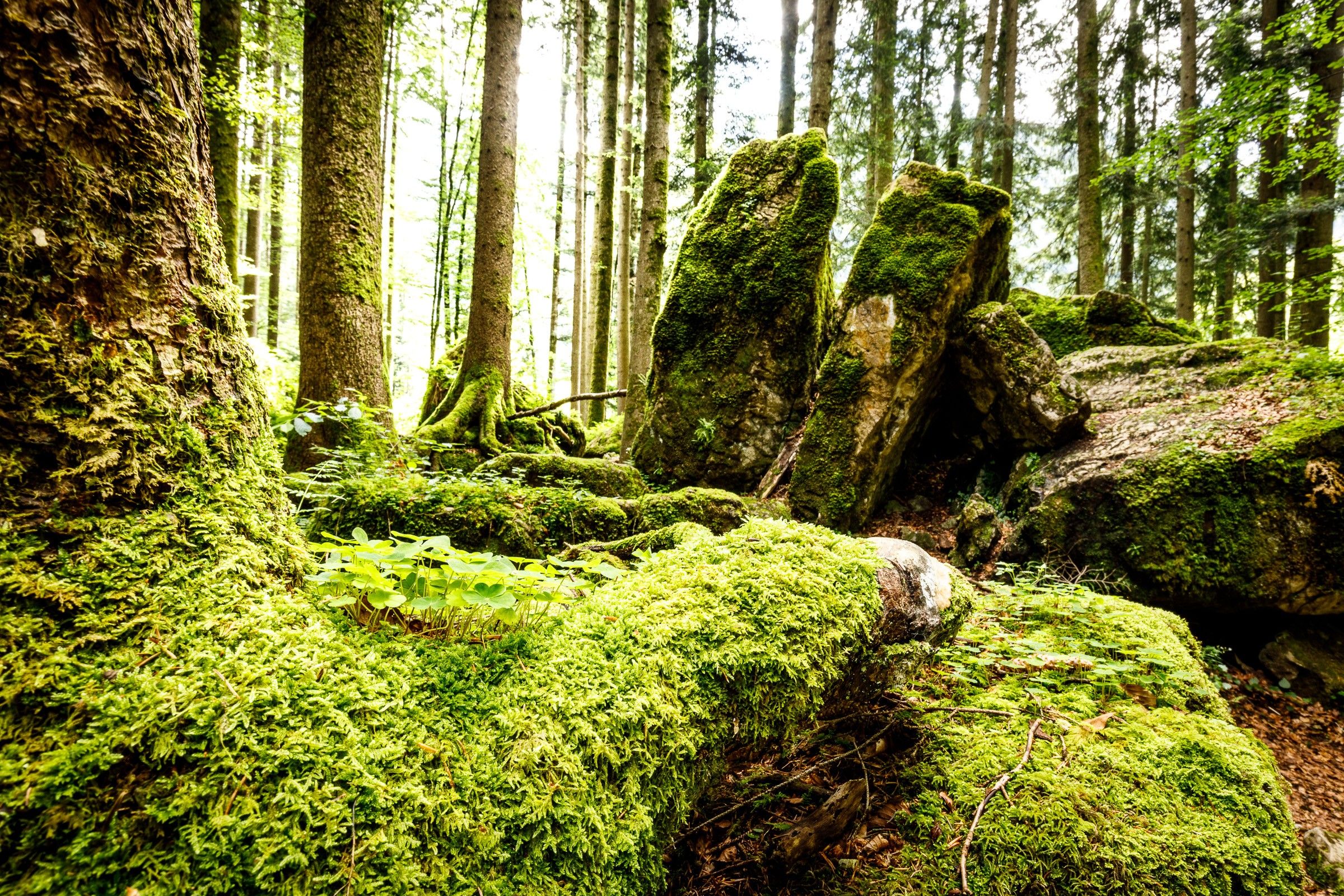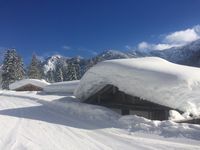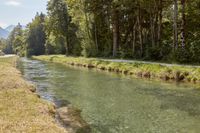Important information at a glance

Eiszeit Runde
Cycling tourExciting stops on the subject of the Ice Age, visit to the largest mammoth skeleton in Europe in the Siegsdorf Natural History Museum - start in Siegsdorf
Important information at a glance

Exciting stops on the subject of the Ice Age, visit to the largest mammoth skeleton in Europe in the Siegsdorf Natural History Museum - start in Siegsdorf
Tour description:
Exciting stops on the subject of the Ice Age, visit to the largest mammoth skeleton in Europe in the Siegsdorf Natural History Museum - start in Siegsdorf Siegsdorf - Unterheutau - Hammer - Inzell - Ruhpolding - Hörgering/Eisenärzt - Siegsdorf The name says it all on this round. The Ice Age sends its regards again and again. It goes past moorland, a mammoth is a constant bike companion, there is ice to lick, ice rinks for skaters and cooling off in the form of liquid ice. The approximately 30-kilometer tour in southern Chiemgau is varied and offers great mountain views. On the ice age circuit you are on the trail of the mammoth. A picture of the shaggy giant animal, which belongs to the elephant species, shows the cyclists the way. Ruhpolding, Siegsdorf or Inzell are recommended as entry points into the ice age circuit. In Inzell you can leave your car at the Kesselalm in the district of Ramsen. Where skiers cavort in winter, in summer you can go down the slope on large rubber tires over artificial turf. Inzell has been a recognized health resort since the late 1950s. Around the same time, ice skating is gaining momentum - first at the Frillensee, later in the ice rink and since 2011 in the modern Max Aicher Arena. 7,000 visitors have space here. Its distinctive architecture with the transparent glass facade and the roof that hovers over the ice rink like a cloud is visible from afar. Also up to Kesselalm, where cyclists follow the road towards Ruhpolding. On the left you have a wonderful view of the peaks of the Großer Kienberg and the Rauschberg. In front: the small Froschsee, surrounded by meadows and reeds. Through the forest it goes slightly uphill on the forest road. Unnoticed, you pass the highest point of the tour at 806 meters and enjoy a long descent along the cool Windbach to the golf course in Ruhpolding. The generously planned 18-hole course is surrounded by a picturesque mountain panorama. The cycle path leads past the well-kept greenery to the river bank of the Weißen Traun. The little church of St. Valentin in Ruhpolding is a bit off the path, but it is worth a short detour. A rare treasure is hidden inside the church: the net vault and the frescoes in the Gothic choir. The construction of St. Valentin is dated to around 1200. It is the oldest building in Ruhpolding and the oldest church in the entire valley. If you want to delve deep into the history of the place, you should make an extra loop to the local history museum. It is housed in the former ducal hunting lodge, the history of which goes back to the beginnings of the Heimatschutz movement in rural Old Bavaria. The collection of various paintings, uniforms, costumes, jewellery, tools, clocks, flags, carvings, old rustic furniture, glass and porcelain as well as sacred objects extends over two floors. Incidentally, the name Ruhpolding is derived from the Bavarian "Rupoltingin" and means "among the people of the famous strong" (pold = strong or powerful, Ru(d) = famous). From Ruhpolding you cycle north along the course of the white Traun to Siegsdorf. Sometimes the turquoise blue water of the river is in sight, sometimes it disappears behind dense trees or below small slopes. On quiet side roads you come to Vordermiesenbach and through the “Extensive meadows around Ruhpolding bird sanctuary”. During the hay harvest in summer, the beguiling scent of meadow herbs and blades of grass hangs in the air. The view stretches back over the entire Ruhpolding valley. After Hörgering, a district of Eisenärzt, you cross the main road and a bridge to the western bank of the Weißen Traun. Through a beautiful Au landscape it goes to Siegsdorf. Here you can get very close to the mammoth and the Ice Age. The largest mammoth skeleton in Germany was found in Chiemgau. It is exhibited in the mammoth and natural history museum in the middle of town. You can't overlook it from the bike and drive right past it. The museum is the realm of qualified geologist Dr. Robert Darga, who not only shows his visitors what other treasures the Ice Age left behind in the Chiemgau soil, but also knows many exciting stories. Robert Darga is both a scientific expert and an excellent storyteller. After so much cycling...

The hotel "Zur Post", a traditional house in the center of the village, built in 1308, has been owned by the Rechl family for over 150 years and is…
Learn more
Arrive. Feel good. Being. Our hotel is certainly not one of the largest hotels in Ruhpolding and the surrounding area. All the more we attach great…
Learn more
Welcome to the 4-star**** Alpenhotel Wittelsbach in the center of Ruhpolding. In the 4th generation, Anja and Marcus Eismann and their friendly team…
Learn more